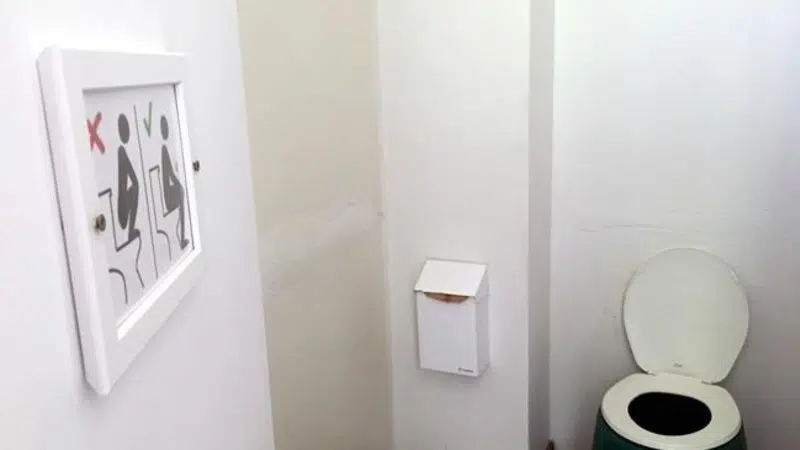
Parks puts up toilet etiquette signs to help international tourists use outhouses
YOHO NATIONAL PARK, B.C. — Some new signs are popping up in the Canadian Rockies to show international visitors how to properly use outhouses.
Staff at Lake O’Hara in British Columbia’s Yoho National Park installed toilet etiquette signs, which ask users to sit rather than stand on toilet seats, in bathroom facilities in June.
“We’ve noticed that some visitors who aren’t used to Western-style toilets — they may attempt to stand up on the seats when using the toilet,” said Jed Cochrane, an acting visitor experience manager in Banff, Yoho and Kootenay national parks.
“Because the toilet is not designed for that, it ultimately creates problems with cleanliness.”


